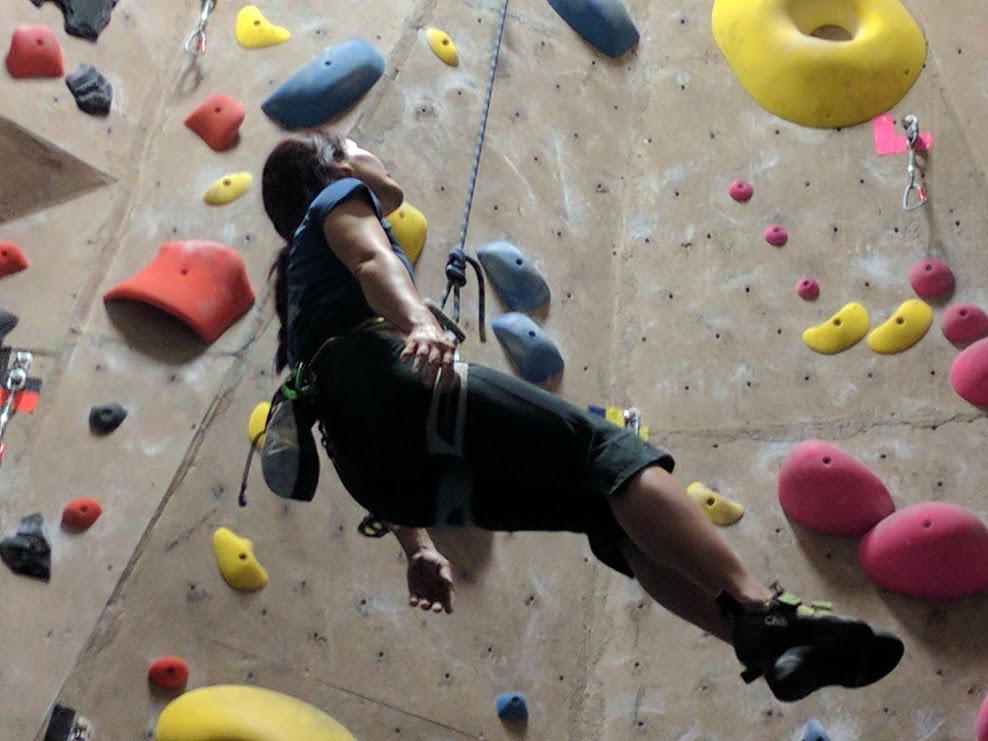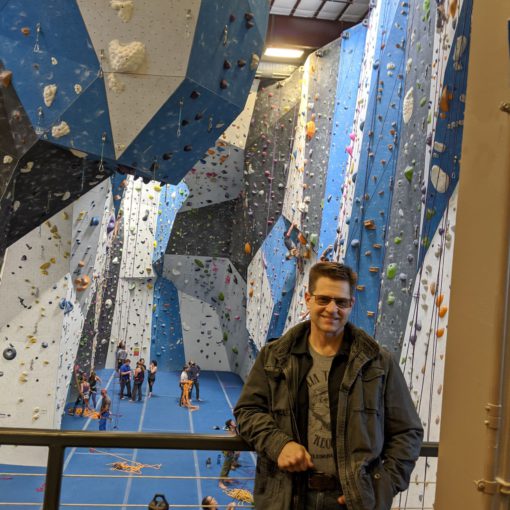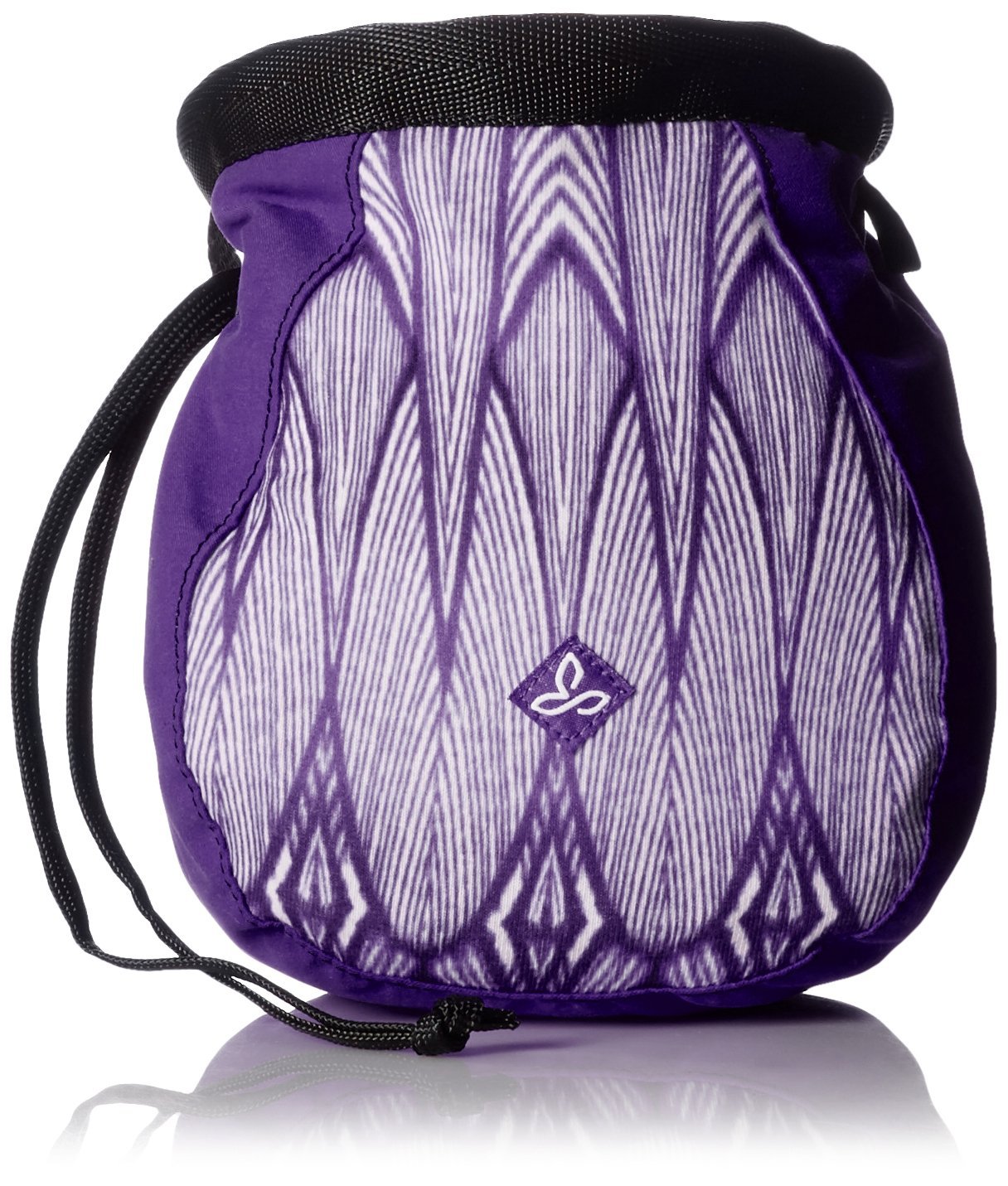You may say “What? Tennis Elbow from rock climbing? How is that possible? I am not even playing tennis.” Tennis elbow is a common injury received by many tennis players. However, rock climbers have them as well. It refers to a type of tendonitis which means the inflammation of the tendon.
In this article, we will explore two types of tendinitis that are common injuries in rock climbing: tennis elbow and the golfer’s elbow, what are the common symptoms, and best exercises for tennis elbow or Golfer’s elbow injuries.
I am not a doctor, a physical therapist, or I practice in any medicine. The information from this article is from my own personal experience and my research about tennis elbow and golfer’s elbow over the internet. My resources are listed at the end of the article.
What is Tennis Elbow?
A tennis elbow is lateral epicondylitis which is the outside of the elbow. The muscles and tendons attach to the bone outside the elbow are responsible for opening up your hand, bending your hand backward, and rotating your palm upward. The pain occurs due to the tendons being overworked and become agitated. The tendons can develop small tears which result in weaker tendons and cause pain with certain motions.
What is Golfer’s Elbow?
The golfer’s elbow is the medial epicondylitis which is the inside of the elbow where the wrist flexors and pronators are impacted. These muscles close your hands, bend your palm towards your forearm, and rotate your palm downward. It is also caused by overworked tendons such as repetitive wrist flexion. The pain generally is experienced through overextending the tendon such as swinging, throwing, or gripping. In rock climbing, we can be over gripping a crimp or pinches.
Symptoms
Some symptoms of the tendinitis of the elbow:
- The pain occurs when you try to grip something and/or lift an object such as a mug
- Discomfort when grabbing a doorknob
- Difficulty in raising your hand or wrist
- Tender in the bony knob of the outside elbow
As the owner of this website, I tracked down special deals for some products or services mentioned herein. As an Amazon Associate, I earn from qualifying purchases. When you use the link from this page to make a purchase, I may receive a small commission to support this website, and you may receive a great bargain – Full Disclosure.
Pain Relievers
Once you have the tennis elbow or the golfer’s elbow injury, the only thing is to work through it, get better, and learn exercises for prevention.
Here are things you could do to relieve the pain and hopefully get you feeling better:
- Rest – Allow your body to rest. However, that is not much of an option for many people. I am guilty. I still climbed but not as hard as before I was injured. I work on easier routes and keep my arms straighter (more than 90 degrees) and not put all my weight on my elbow.
- Ice – Ice the elbow pain to reduce swelling if any. It may also relieve and numb the pain for a temporary time.
- Massage – I found massaging with firm stroke motion along the forearm to the elbow help release the tension.
- Brace – I also bought a brace for my arm. It served two purposes: putting pressure on my forearms (similar to a constant pressure massage) and a peace of mind that it is helping me to get better.
Exercises and Stretches
Start with a small weight such as a 2 to 3 pounds dumbbell.
- Sit next to a table with your elbow bent at 90 degrees and your hand with palm down hanging over the edge of the table. Hold the weight with the hand hanging over the edge. Use the other hand to hold and prevent the elbow and arm with the weight to lift off the table. Lift the weight up and then down to the original position using only the wrist.
- Same position as #1 but the palm facing upward.
- Same position as #1 but the palm facing like you are shaking hands
- Hammer exercise #1 – With your elbow bent 90 degrees and your palm facing up, use your hand and wrist only to lift the hammer upward toward the ceiling and then down toward the original position.
- Hammer exercise #2 – Same position with the hammer. However, the hammer will be lowered to the outside of the elbow which is the opposite side of the previous hammer exercise.
Click HERE for Illustrations of the exercises created by Cruxcrush.com
Stretching – Stretch the wrist extensor for the tennis elbow by straighten out your elbow and use the other hand to bend your wrist downward. 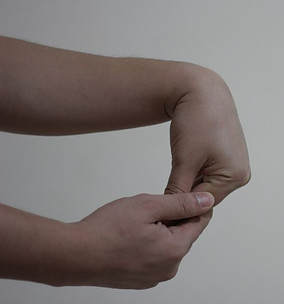
For the golfer’s elbow, straighten the elbow and use the other hand to bend the wrist upward and the fingers back. Hold for 30 to 60 seconds for a set of three.
Rituals and/or Procedures to Prevent injuries
- Climb with proper form. Keep your elbow as straight as possible (more than 90 degrees for sure).
 Doing this distributes more weight on your back, shoulder, and throughout your body instead of only on your elbow.
Doing this distributes more weight on your back, shoulder, and throughout your body instead of only on your elbow. - Stretch – Always stretch before you start. This helps stretch out the tendon, muscles, and limbering up your body before you climb.
- Warm-up – After a nice 5 to 10 minutes stretch, it is important to warm up on a few easy routes to get your blood pumping and circulating before climbing challenging routes.
I wrote an article called Rock Climbing Techniques for Beginners which you may find helpful. Proper form and good alignment are a great foundation for any sport.
Conclusion
The injury often instigated by improper form and overgrip of the racket in tennis. I believe that is also a similar cause in rock climbing. The positioning of a grip and your body are two key factors when balancing on the wall moving from hold to hold.
When I first started to climb, I have a tendency of over gripping the hold with my hand which activates the wrist and forearms. On top of over gripping, I unconsciously positioned myself where my elbow is at 90 degrees angle or less to my body. When I am in this position all my weight is relied more on my elbow to hold me steady. The positioning and over gripping put stress on my elbow over time and then finally the tendon in my elbow gave in.
It took me almost a year to finally got back to normal. It was a slow healing process because I didn’t allow my body to rest. It forced me to learn proper form and avoid over gripping all the time. I now pay attention to my pain tolerance. If the pain does not feel right, I will not persist with the climb and stress out my tendon or ligament. I learn to listen to my body and the sign it gives me.
Everybody is different. The exercises and stretches in this article may or may not work for you. The important thing is to listen to your body. You would know it best because it is yours. Consult a physician if the pain persists.
I hope this article was useful for your research on preventing injuries in rock climbing. I love to hear what exercises work for you and how you could prevent injuries. Leave me your comments, suggestions, or thoughts below.
Sources: Crux.rush.com, Healthyinfodaily.com, Betterbraces.com


![By BruceBlaus [CC BY-SA 4.0 (https://creativecommons.org/licenses/by-sa/4.0)], from Wikimedia Commons tennis elbow](https://rockclimbingforwomen.com/wp-content/uploads/2018/08/tennis-elbow.jpg)

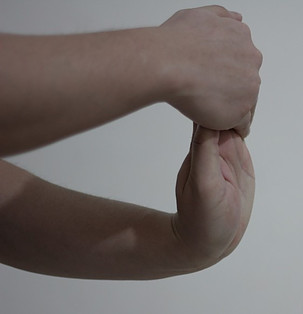
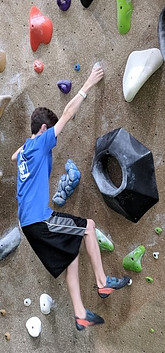 Doing this distributes more weight on your back, shoulder, and throughout your body instead of only on your elbow.
Doing this distributes more weight on your back, shoulder, and throughout your body instead of only on your elbow.